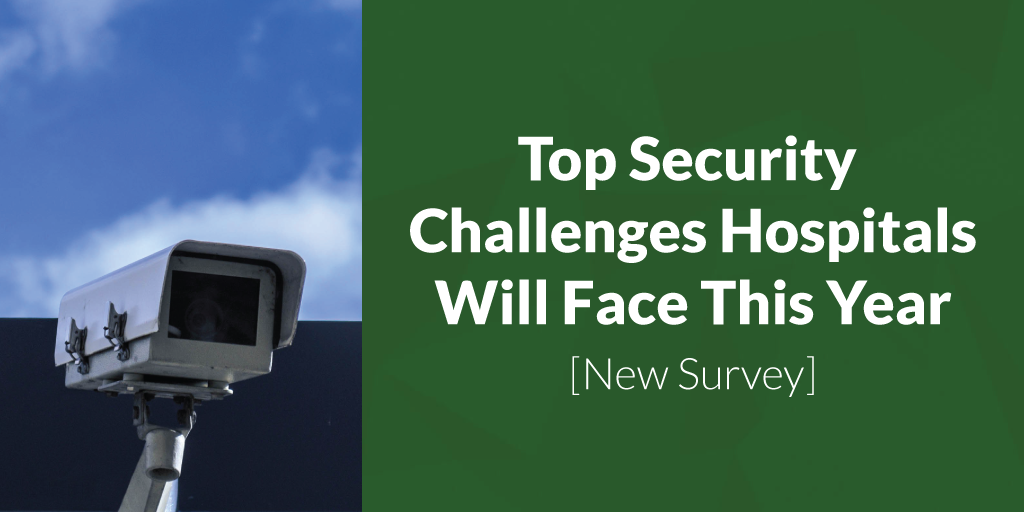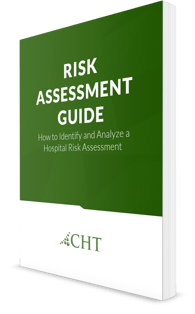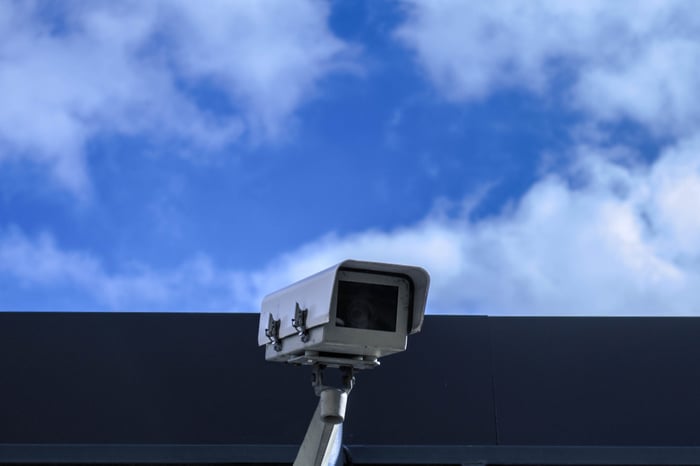
According to the ASHE 2018 Hospital Security Survey, maintaining security has become 82% more challenging over the past two years. Because of that, 61% of hospitals plan on increasing hospital security budgets, and 91% of hospitals plan to implement aggressive behavior training.
In this article, we discuss how to protect healthcare facilities by recognizing where the problems and potential issues exist. Implementing new security solutions can increase a facility's efficiency, improve performance and, most importantly, reduce violent behavior.
Let's take a look at some of the top security challenges plaguing healthcare facilities.

Security Challenges Facing Hospitals Today
According to the ASHE 2018 Hospital Security Survey, the following challenges have increased the most over the past 12 months:
1. Violence against staff
2. Incidents of trespassing
3. Patient elopements/patient wandering
4. Issues controlling hospital access
5. Auto thefts/car break-ins
More and more hospitals are jumping on board to manage these incidents with tighter security.
How to Solve Hospital Security Challenges Today
1. Conduct Risk Assessments
According to Kevin Tuohey, 2018 board president of IAHSS and executive director of research compliance at Boston University and Boston Medical Center, how a hospital chooses to protect against risks should be based on a risk assessment.
"IAHSS recommends that risk assessments be done on a regular basis consistent with the review of policies at their facility,” Tuohey said. “Furthermore, IAHSS recommends that a root-cause analysis
2. Have a Workplace-Violence Policy
As a healthcare facility manager, it is essential to maintain a workplace that is free from threats or any acts of violence.
A written protocol for workplace violence prevention can offer a practical approach to help reduce the risk of violence. OSHA's guidelines for preventing workplace violence for healthcare workers can help employers address these issues.
OSHA suggests 5 steps for developing a productive program:
1. Management commitment and employee participation
"Effective management leadership begins by recognizing that workplace violence is a safety and health hazard."
2. Work site analysis
"Cooperation between workers and employers in identifying and assessing hazards is the foundation of a successful violence prevention program."
3. Hazard prevention and control
"Identify the root causes of the incident. Don’t stop an investigation at 'worker error' or 'unpredictable event.' Ask 'why' the patient or client acted, 'why' the worker responded in a certain way, etc."
4. Safety and health training
"Supervisors and managers must be trained to recognize high-risk situations, so they can ensure that workers are not placed in assignments that compromise their safety."
5. Record keeping and program evaluation
3. Have Security That is Visible
According to Allied Universal, the presence of a security officer can enhance the atmosphere of safety for your staff, patients, and visitors.
4. Video-Surveillance Systems

Photo by Nathaniel Dahan on Unsplash
Unlike other businesses, hospitals are open 24/7/365 and people come in and out day and night. Video surveillance helps keep safety under control and provides views of remote areas.
Video surveillance is used to improve overall situational awareness.
5. Ability to Electronically Lock Down Hospital
Lockdown capabilities are a critical asset for the safety and security of healthcare facilities. Access control systems that offer lockdown capabilities demonstrate their usefulness in the hospital environment.
AMAG Technology manufactures access control, video management, and identity management solutions. "Hospitals and healthcare facilities install the Symmetry access control system and Symmetry CompleteView Video Management to manage and control and access and provide HIPAA compliance throughout their buildings and campuses."
6. Panic Button for Hospitals
Installation of a panic button is a great way to mitigate any potential danger. High-risk areas such as emergency room entrances, hospital pharmacies, and reception desks could benefit from a panic button.
If a situation escalates, a hospital staff member should be able to easily and quickly hit the button. A panic button can quickly notify on-duty police in the surrounding area.
7. Visitor Management System
A visitor management system requires every visitor to sign in, provide identification and wear a badge.
According to the American Society for Health Care Engineering’s (ASHE’s) 2018 Hospital Security Survey, "Only 42 percent of hospitals reported having a visitor-management system, which requires each visitor to sign in, provide ID or be photographed, and
This level of control can deter unauthorized visitors because they must deal with a security person face-to-face.
8. Maintain Balance
Lena J. Weiner, the associate editor at HealthLeaders Media, suggests maintaining balance. She states, "It's a balancing act," between the need to keep patients and staff safe and maintaining an environment that is conducive to healing and where workers feel comfortable.
9. Take a Proactive Approach
Train hospital staff beforehand on how to handle a violent situation if it occurs. Being proactive can help prevent further injuries or making matters worse.
10. Reach Out to Law Enforcement
Reaching out to local law enforcement can provide a variety of benefits.
Gail Blanchard-Saiger, vice president of labor and employment with the California Hospital Association states, "A positive relationship with law enforcement will encourage a stronger police presence near the hospital, faster response times, increased sharing of information, and increased trust between the two organizations."
Summary
Healthcare facilities are a demanding and complex business to operate and secure.
Security issues need to be resolved and supported as part of a team effort within the hospital organization. The survey conducted by ASHE in collaboration with the International Association for Healthcare Security & Safety (IAHSS) shows that hospitals are spending more on security and healthcare facilities need to follow suit and invest in mitigating risks.
At CHT, we continue to provide innovative technology solutions that help facilities strive for a simple, safe and secure way to manage patient safety and healthcare compliance.




